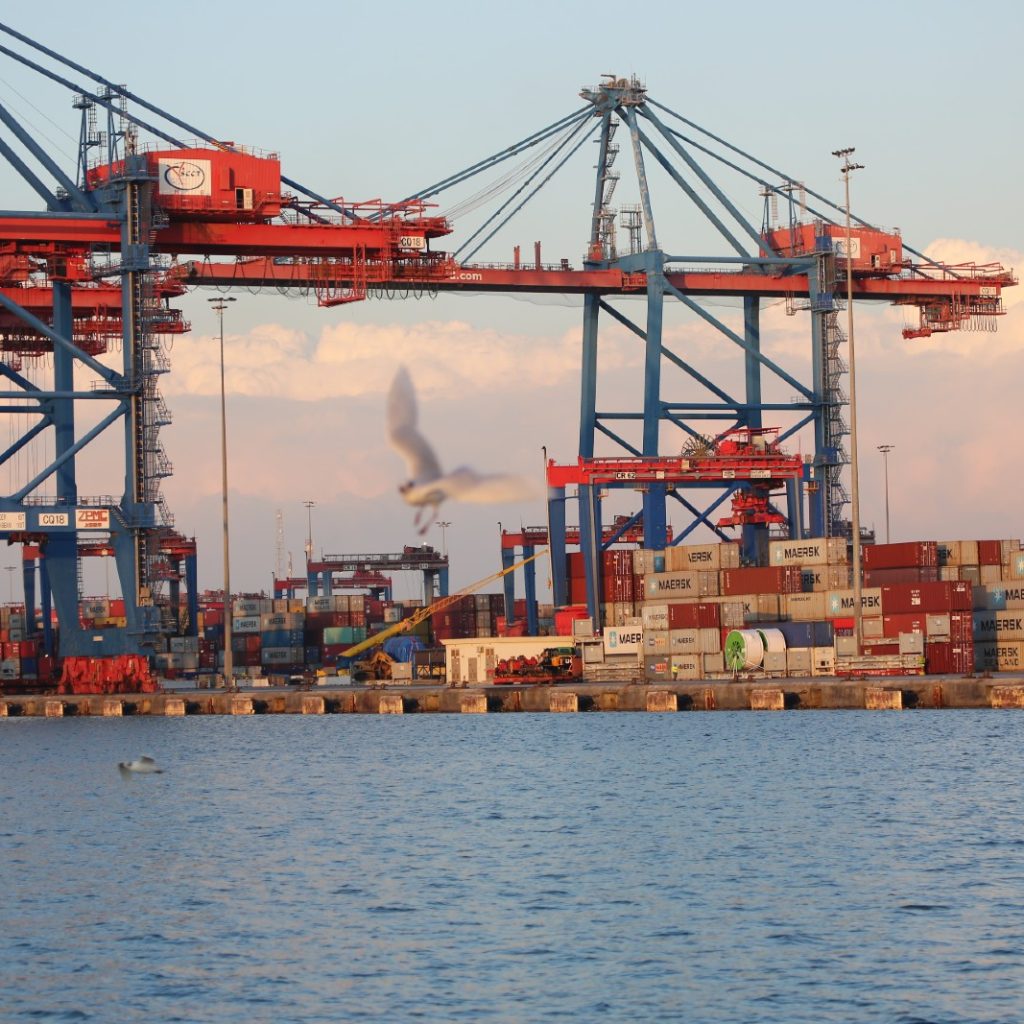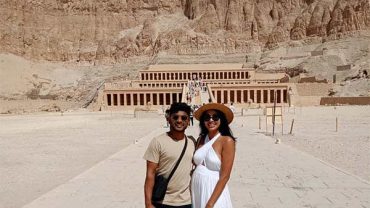Safaga Port is a town located on the Red Sea coastline, 53 km (33 miles) south of Hurghada and only 220 km (140 miles) to Luxor. Safaga Port beckons travelers with the promise of a unique tapestry woven from the threads of trade, natural wonders, and therapeutic retreats.
As we explore on this journey, we delve into the historical significance of Safaga Port, tracing its maritime roots and exploring the economic importance that has shaped the region. Beyond trade, Safaga unveils the allure of the Red Sea’s underwater kingdom, drawing divers and nature enthusiasts. Additionally, the city’s mineral-rich hot springs add a wellness dimension, transforming Safaga into a holistic destination where commerce, nature, and well-being intersect.
Maritime Heritage and Trade

Safaga Port’s story is etched into the annals of maritime history, echoing the footsteps of ancient sailors and traders who navigated the Red Sea. The port’s strategic location positioned it as a pivotal hub for trade routes connecting Africa to the Middle East and beyond. Over centuries, Safaga has facilitated the exchange of goods, becoming a vital harbor for diverse cargo and contributing to the economic stability of the region.
As trade routes evolved, Safaga Port adapted to the changing currents of commerce. Modernization efforts and technological advancements have enhanced the port’s efficiency, making it a key player in global trade. The harbor bustles with activity as ships from different corners of the world dock, unloading and loading goods that traverse the seas. Safaga Port, once a waypoint for ancient traders, continues to be a vital link in the chain of international trade, ensuring the region’s economic vitality.
Red Sea Beauty and Diving Destinations

Transitioning from the bustling port to the azure waters of the Red Sea, Safaga unfolds as a gateway to unparalleled natural beauty. The Red Sea, renowned for its crystal-clear waters and vibrant coral reefs, beckons divers and snorkelers to explore its underwater wonders. Safaga, with its proximity to iconic dive sites such as Tobia Arbaa and Abu Kafan, stands as a premier destination for those seeking to submerge themselves in the mesmerizing aquatic realm.
Beneath the surface, a kaleidoscope of marine life flourishes, from schools of colorful fish to intricate coral formations. The underwater landscapes of Safaga are a testament to the Red Sea’s biodiversity, creating an immersive experience for nature enthusiasts. The city’s commitment to marine conservation ensures that these underwater wonders remain a treasure for future generations to explore.
Mineral Springs and Therapeutic Benefits
Beyond its maritime allure, Safaga is celebrated for its natural spa retreats, particularly its therapeutic hot springs. The city’s mineral-rich waters are believed to possess healing properties, drawing visitors seeking relaxation and rejuvenation. These natural hot springs, scattered along the coast, offer a unique opportunity for travelers to immerse themselves in the soothing embrace of nature.
The therapeutic benefits of Safaga’s hot springs are intertwined with the city’s cultural and historical fabric. Locals and visitors alike indulge in the restorative qualities of these mineral-rich waters, creating a harmonious blend of wellness and natural beauty. The hot springs, set against the backdrop of the Red Sea, provide a tranquil escape, inviting individuals to unwind and embrace the healing embrace of Safaga’s coastal retreats.
Cultural Highlights and Local Flavors
As we navigate Safaga’s offerings beyond its waters, cultural highlights and local flavors add another layer to the city’s charm. Safaga’s proximity to historical landmarks such as the Temple of Karnak and Luxor allows visitors to delve into Egypt’s rich past. These cultural excursions offer insights into the nation’s ancient history, providing a counterpoint to the city’s maritime and natural wonders.
Safaga’s local markets and eateries further enrich the visitor experience. Exploring the bustling markets, one encounters the vibrant tapestry of local life, with merchants showcasing their wares and traditional crafts. Sampling authentic Egyptian cuisine adds a culinary dimension to the Safaga experience, allowing visitors to savor the flavors of the region and immerse themselves in the local culture.
Harmony of Trade and Tourism
Safaga Port, with its rich maritime heritage, is a testament to the harmonious coexistence of trade and tourism. The port’s strategic significance in facilitating global trade seamlessly complements the city’s natural beauty and underwater treasures, making Safaga a multifaceted destination for travelers. This harmony creates a unique blend of economic significance and leisure, positioning Safaga as a hub where business and pleasure intertwine.
The port, with its bustling commercial activities, stands as a dynamic gateway for global trade, fostering economic growth and stability in the region. However, Safaga’s allure extends beyond the confines of the harbor, inviting visitors to explore the depths of the Red Sea, indulge in wellness activities, and immerse themselves in local culture. The coexistence of trade and tourism forms the foundation of Safaga’s identity, ensuring a diverse and enriching experience for those who venture onto its shores.
A Gateway to Red Sea Adventures

Safaga Port emerges not merely as a conduit for trade but as a portal to the wonders of the Red Sea. Its underwater treasures, therapeutic waters, and cultural offerings weave a tapestry that caters to diverse interests. Whether exploring the depths of the Red Sea, indulging in wellness activities, or immersing oneself in local culture, Safaga Port invites visitors to embark on a journey that goes beyond the ordinary. It showcases the beauty, history, and vitality that define this coastal gem along the Red Sea—a tapestry where trade, nature, and wellness converge in harmony.
So, as we wrap up, our journey through Al-Montazah Palace, the National Museum of Egyptian Civilization, Luxor Temple, Karnak Temple, and the stories of Alexandria Port shows us a lot about Egypt. Each place, like the fancy palace and the old temples, tells a part of Egypt’s big story. Looking at these places, we can see how Egypt’s past and present are connected. The story of Alexandria Port, especially, teaches us about how important it was in the past for trade and sharing cultures. All these stories together paint a picture of Egypt’s history and make us curious to explore more about this amazing country.




Comment (0)